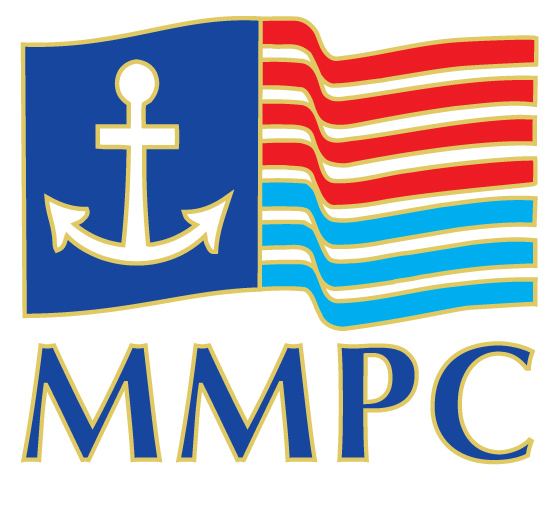August 25, 2014
Today, I had the opportunity to speak to a group of industry professionals at the Finished Vehicle Logistics Conference, where the theme of the discussion was the import and export of new cars.
I’m sure you’re wondering what vehicle logistics has to do with the Maritime Administration. And that’s a very good question.
My role at this conference highlighted the critical —yet often overlooked— fact that maritime moves America.
Last year, nearly 9.8 million metric tons of vehicles were imported and exported through the 40 U.S. ports that handle vehicles. Furthermore, the value of U.S.-manufactured vehicle exports has increased nearly four-fold over the last decade, growing from $9 billion in 2003 to $38 billion in 2013.
This represents a clear growing demand for U.S.-manufactured vehicles and other products in overseas markets, which means increased traffic and demands for U.S. port facilities. That’s why MARAD is doing all it can to prepare the industry for increasing volumes in waterborne automotive trade and the movement of other freight.
MARAD offers many programs designed to help ports modernize, expand, and otherwise improve their facilities. For example, StrongPorts builds on MARAD’s existing relationships and is working with the American Association of Port Authorities to offer tools that help ports develop quality plans that attract both public and private investors.
Additionally, MARAD’S Port Conveyance Program transfers surplus Federal property to state and local governments, at no cost, for the development and enhancement of port facilities that support economic growth.
It’s clear that this Administration is in tune with our growing freight requirements and the role ports play in meeting them. Since 2009, through five rounds of TIGER, DOT has awarded more than $420 million to 33 port projects.
More recently, Secretary Foxx introduced GROW AMERICA, a surface transportation reauthorization bill, to Congress, and that proposal includes $5 billion for four more years of the TIGER grant program —currently the only Federal funding open to maritime and port infrastructure projects.
This Administration continues to work to help U.S. ports and the marine transportation industry prepare for inevitable growth. By updating infrastructure and expanding opportunities shoreside, we are nurturing a renaissance in American exports and triggering increased global demand for American-made products.
By MarEx
